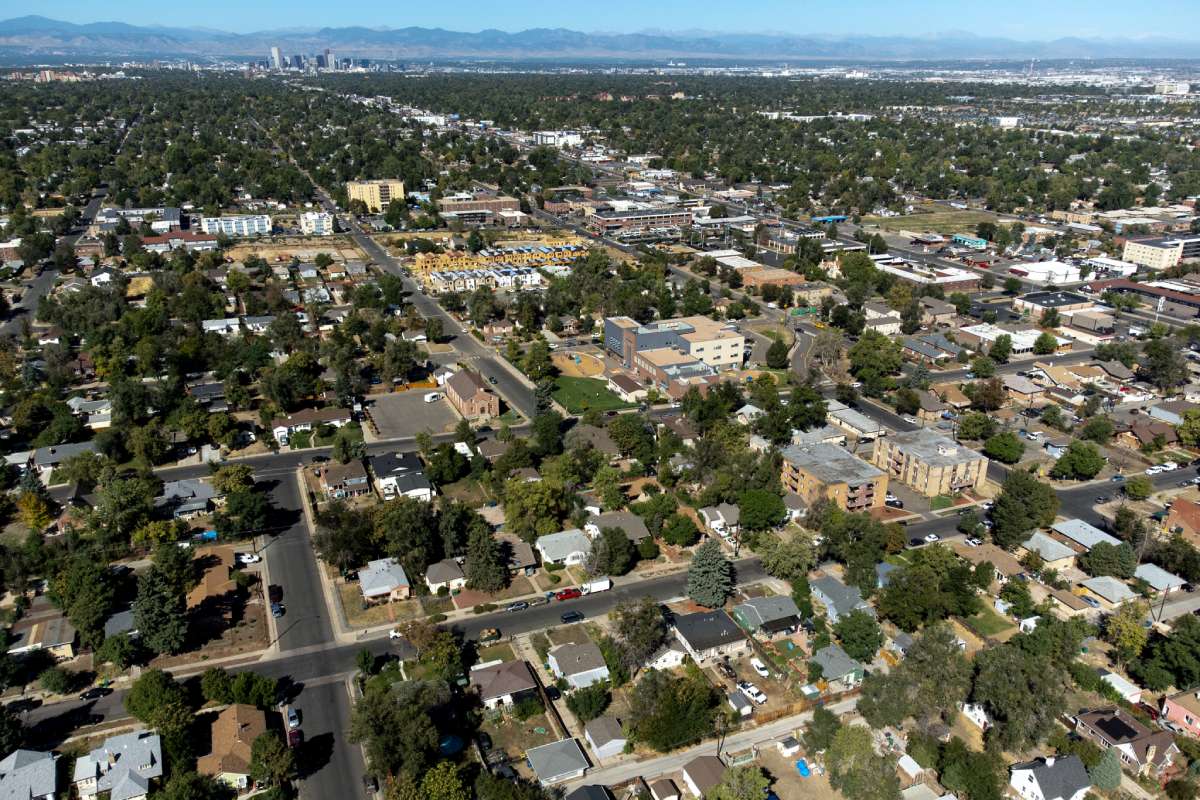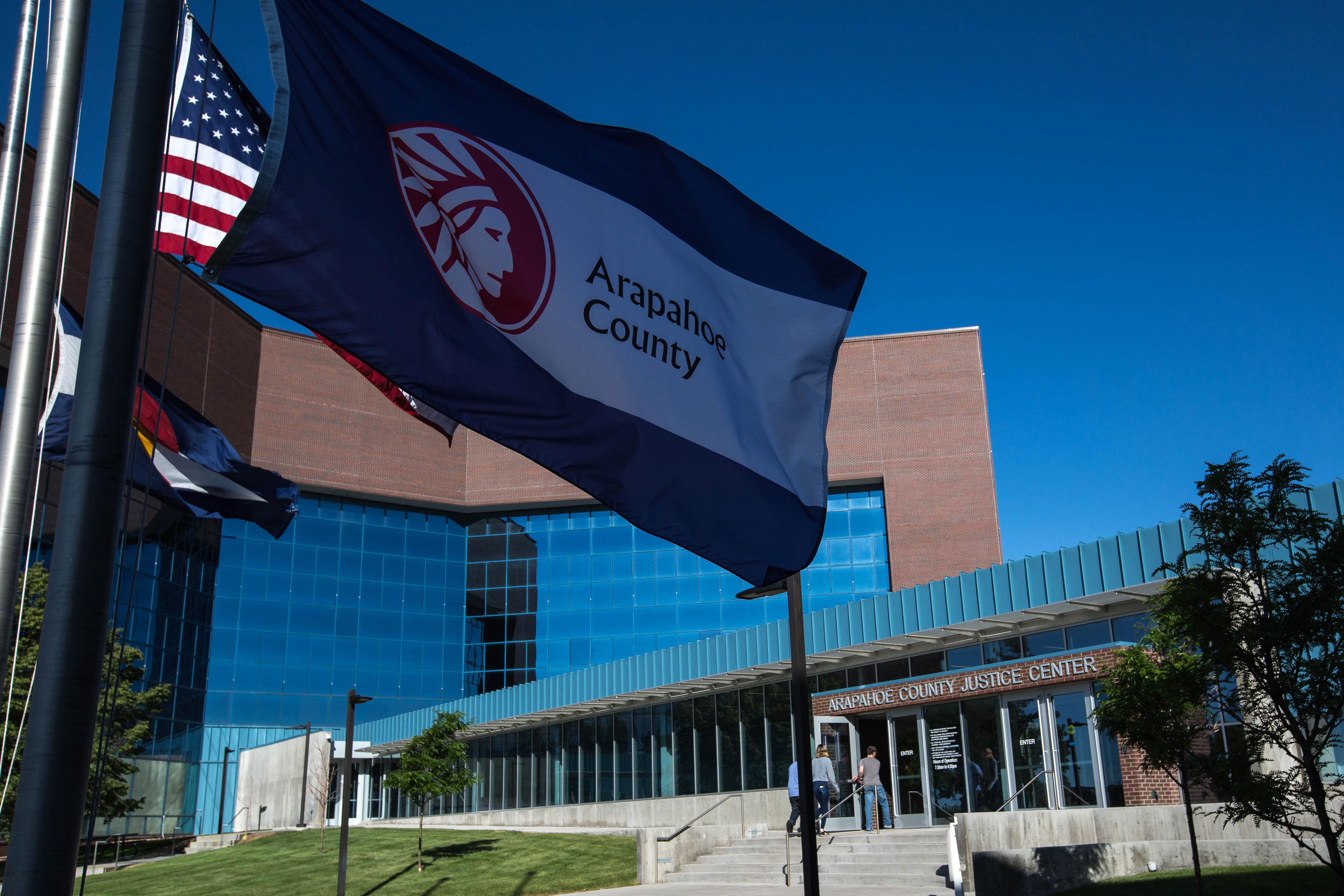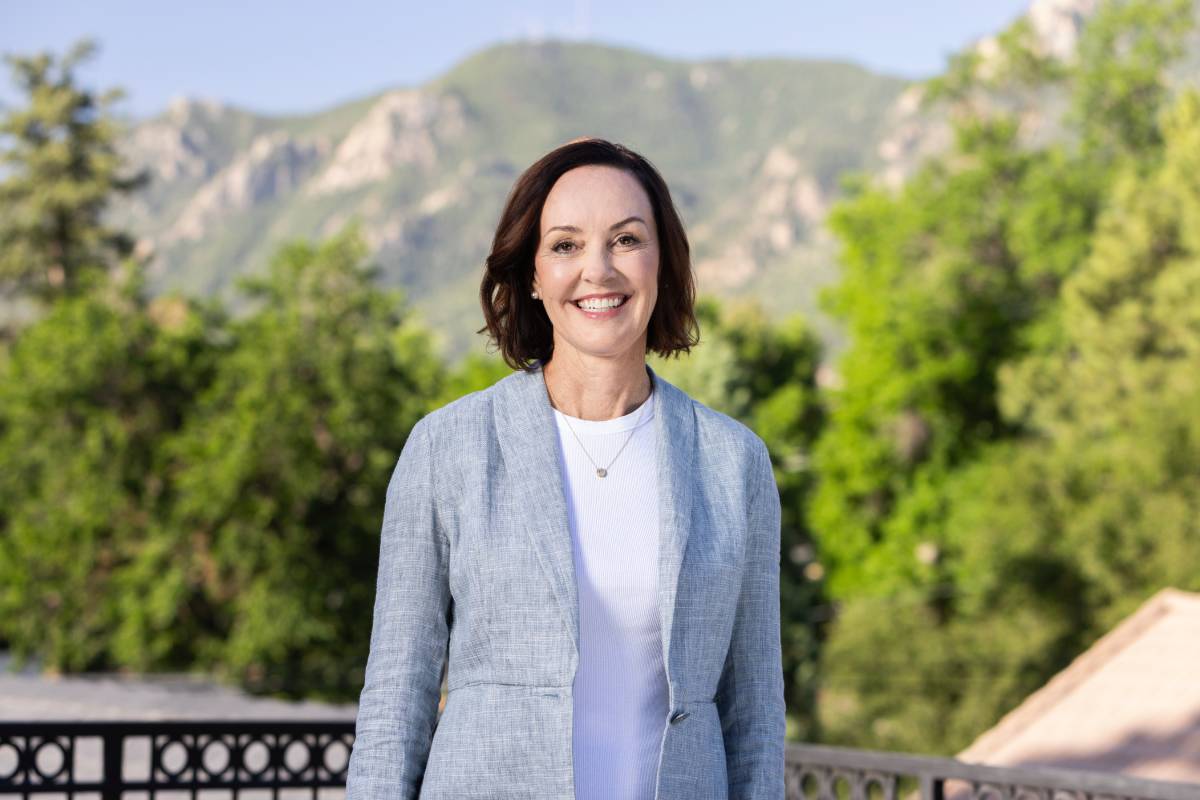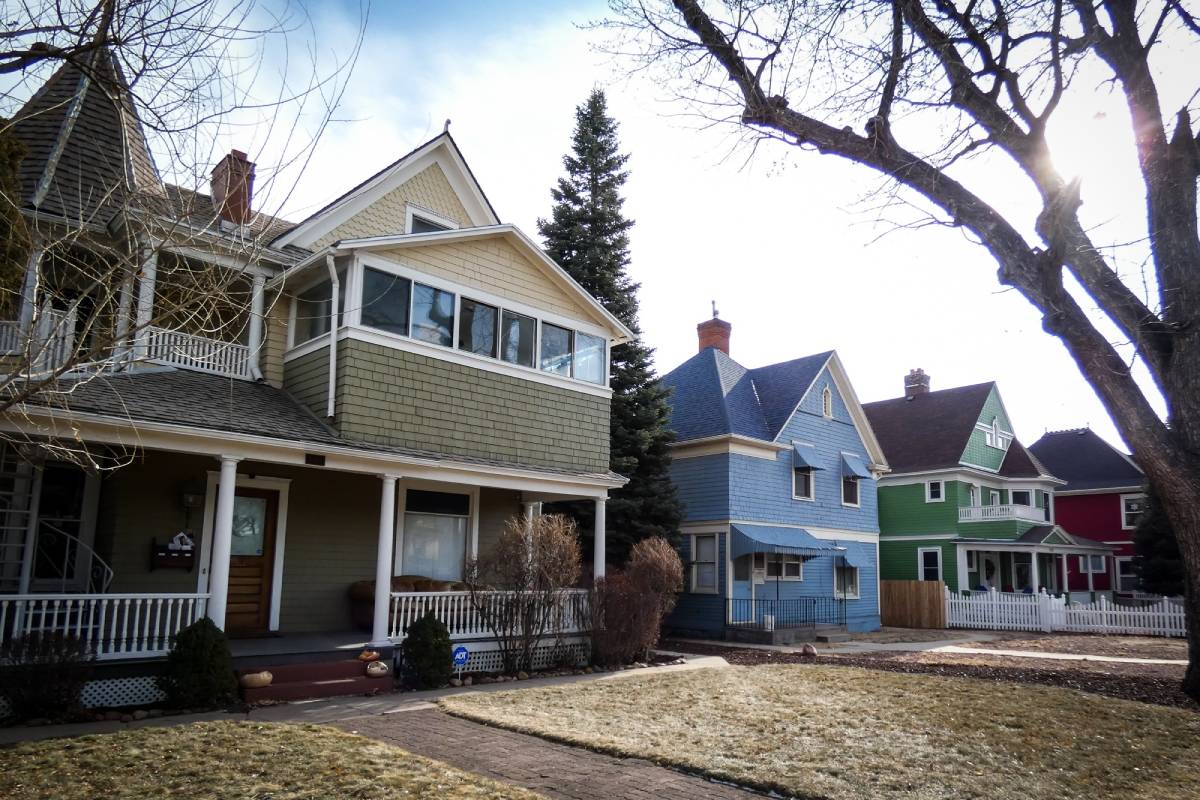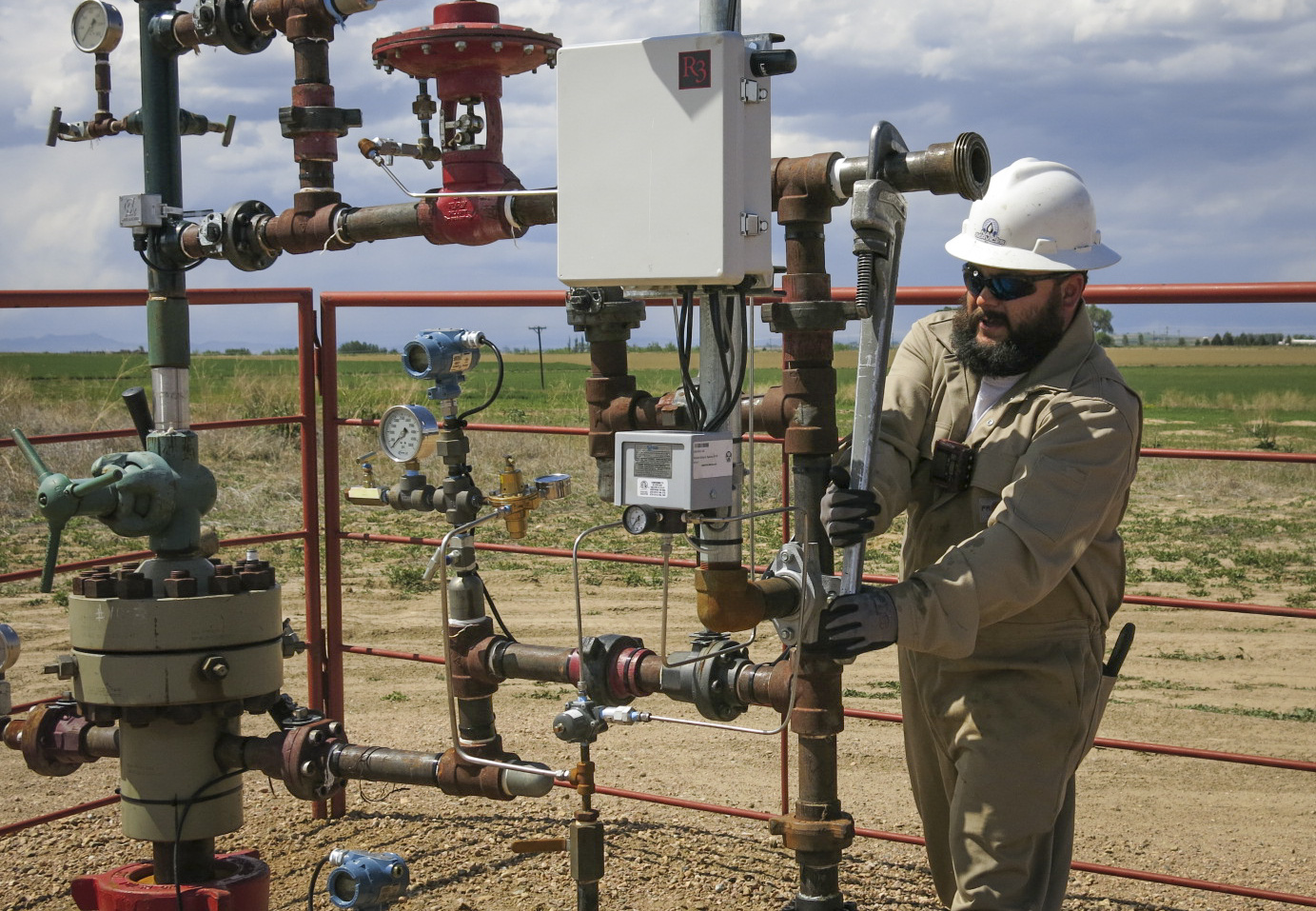
When functioning properly, a flowline is an essential piece of underground infrastructure that pushes gas, oil and water from a producing well to a nearby tank or separator. But if a flowline isn’t regularly tested and properly abandoned, it can cause problems.
The April home explosion in Firestone that killed two men and seriously injured a woman has been a very public example of what can go wrong.
Oil and gas workers have been logging extra hours after Gov. John Hickenlooper ordered all companies to pressure test their flowlines within 1,000 feet of buildings and fix leaks before June 30. The order came after investigators concluded an improperly capped and abandoned flowline 6 feet from the Firestone home leaked gas into the surrounding soil.
Flowlines are required to be pressure tested annually. The governor’s order compressed the testing timeframe for lines near buildings to just two months.
Nearly 30 miles to the north of Firestone, in Windsor, three contractors with Extraction Oil & Gas stand around a towering jumble of gray and black pipes. They’re at a well to perform a pressure test on a flowline that comes out of the ground near their feet.
Each test takes about 30 minutes. Workers first pump water into the line. Next, they pump air to increase pressure beyond what it normally carries. If the pressure remains constant over a certain period of time, the line passes the test.
“The state did put, I think, what we would believe a very aggressive timeline out there for operators to comply with,” said Extraction’s environmental, health, safety and regulatory manager John Carlisle. “We feel very fortunate. We’ve set up a very robust monitoring program. And we’ve gotten a head start.”
The well linked to the Firestone explosion is owned by Anadarko. At a meeting with town residents, Craig Walters, Anadarko's vice president of Rockies operations, said workers are in the field conducting "a 25-point inspection to make sure the well, the facility and most importantly, the infrastructure between those two points has not been encroached upon."
The Associated Press reports that companies have been slow to report their results to the state. Top oil regulator Matt Lepore told the AP that the state could order companies to shut down wells if they haven’t been checked by the deadline. Regulators also say testing and ensuring safety of lines near homes is only the first step.
The industry is also required to record GPS coordinates for both ends of flowlines within 1,000 feet of buildings. This second task will get at a more complicated set of problems vexing homeowners right now: There’s no detailed map of where flowlines are in the state.
Homeowners who want to dig in their yards should contact Colorado 811. The nonprofit searches its database for an address and then it funnels the request to oil and gas companies, cable providers, utilities and other places like water districts.
J.D. Maniscalco, 811’s executive director, said requests from Firestone homeowners have been on the rise in 2017.

The challenge though is that sometimes even oil and gas companies don’t know where their infrastructure is located. Landman John Stathas — a landman is kind of liaison that oil and gas companies hire to work with landowners — said sometimes public records like surface-use agreements give a lot of information about what’s underground. But there are occasions when older wells don't have good records.
“Your knowledge is only going to be as good as the information that you have available to you,” he points out.
That’s because companies can sell and trade assets. Public information and records sometimes get lost.
Since Stathas also works part-time as a real estate agent, he said homeowners could benefit from more information about nearby wells and what's underneath their home.
"Especially in an area like Weld County where you are building right next to oil and gas development, folks should be made a lot more aware than I think they are,” he said.
This picture will improve slightly because of the governor’s requirements for GPS data on flowlines. It will take time for the state to organize and verify the GPS data after May 30. And they say it’s only the first step in being able to map underground lines across the state.
Right now it’s unclear exactly what additional steps need to happen in order to map flowline data.
Democratic state Rep. Mike Foote unsuccessfully introduced a bill late in the 2017 legislative session to map underground flowlines — an effort blocked by Republicans. With the session now wrapped up, attorney Matt Sura, who represents landowners, said state regulators at the Colorado Oil and Gas Conservation Commission need to make mapping flowlines a higher priority.
“You could make an argument that there’s a law change that’s necessary,” he said. “You could also say that the Colorado Oil and Gas Conservation Commission in its mission to protect public health, safety, welfare and the environment around oil and gas issues has it their authority right now to map these facilities, to map these pipelines, to create a statewide map where anyone could go and find out if they’re living near or next to an oil and gas pipeline.”
In the end, questions about where exactly flowlines are located have prompted a lawsuit in the town of Firestone.
Attorney Jason Webster, who represents a family that lives near the home that exploded, stated that companies “have to follow the standards and it has to be safe.”
Webster filed suit against the current well owner Anadarko, previous owner Noble Energy and the three companies involved in their home’s construction. The suit alleges the family can’t enjoy its home. Webster said homeowners need certainty that nearby underground flowlines are safe.
Anadarko plans to permanently shut down three wells inside the Firestone neighborhood to honor resident concerns even though the wells have passed inspection. The company believes the wells are safe, but is shutting them down because of the "special circumstances and sensitivity surrounding this equipment."
What Are Your Questions?
Are there other questions you have about flowlines and oil and gas development in Colorado? Email us at [email protected], leave your questions in the comments or tweet us @gracehood or @newscpr.
The Associated Press contributed to this report.

